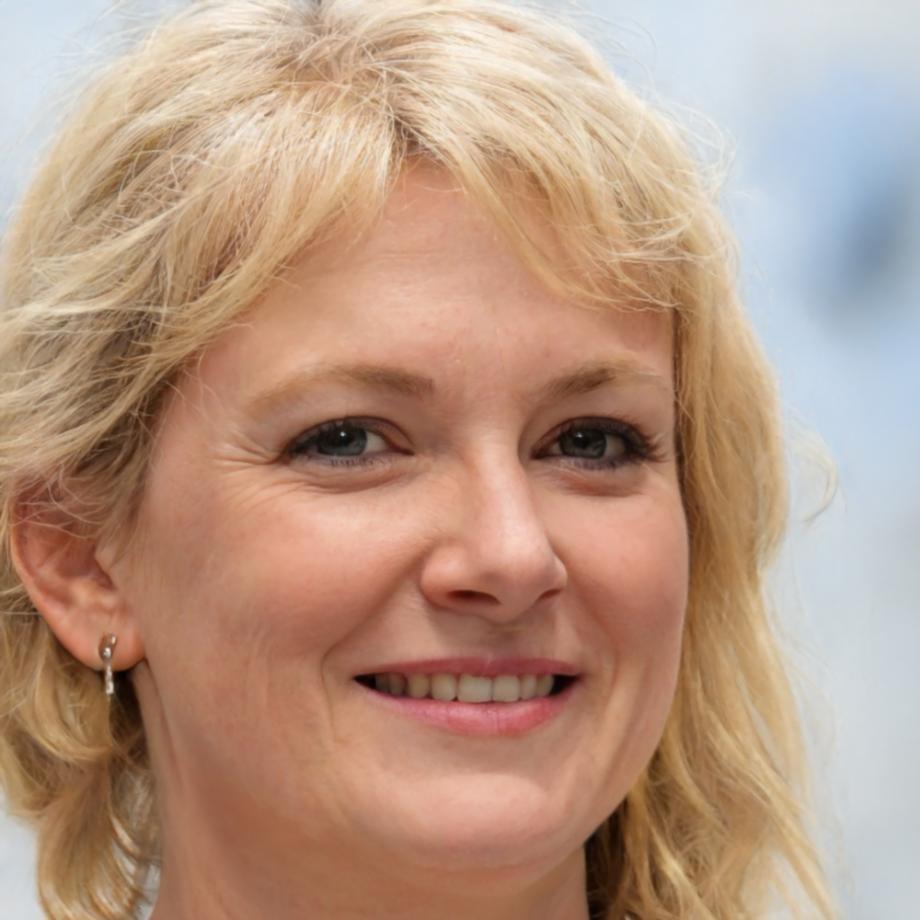Build Systems That Stick
Forget about perfect budgets that look good on paper but crumble under real-world pressure. We focus on creating flexible frameworks that handle the messiness of actual business operations.
Your cafe has busy seasons and quiet months. Your consulting practice deals with irregular payments. Your retail shop faces unexpected repairs. These aren't budget failures – they're business realities that smart systems should accommodate.
Seasonal Planning
Build budgets that expect variation rather than fight it. Plan for your business's natural rhythms.
Quick Daily Checks
Five-minute morning routines that keep you informed without drowning in details.
Emergency Buffers
Smart contingency planning that doesn't require crystal ball predictions.
Simple Reporting
Monthly summaries that highlight what matters and skip the accounting jargon.



